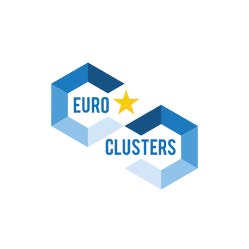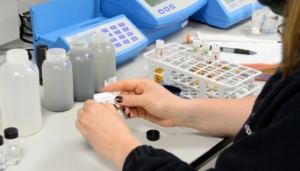AOPAPER
Advanced Oxidation Processes for accelerating water reuse in the pulp&papre industry
Advanced Oxidation Processes for accelerating water reuse in the pulp&papre industry
Acronym: AOPAPER
Project Partner: Ingeniería de Obras Zaragoza, S.L.
Country: Spain
Industrial ecosystem: Energy-intensive industries
Date of the award: 29/09/2023
Duration: 01/12/2023 – 30/11/2024



SUMMARY
AOPAPER is a project that proposes the use of Advanced Oxidation Processes (AOPs) as a tertiary treatment for its effluents to remove organic matter and recalcitrant substances from the pulp & paper (P&P) industry. Recalcitrant substances are chemical compounds that are difficult to degrade or remove through conventional methods. These compounds may include, inter alia, lignin, inks, resins or AOX. AOPs have been pointed out as a valuable alternative for the removal of these pollutants in the P&P effluents. However, their use is strongly limited due to their high operative costs related to their use before the biological treatment, consuming the APOs’ oxidative capacity with high biodegradable compounds, instead of recalcitrant ones. AOPAPER aims to deal with this current situation and facilitate the market uptake of AOPs through a new cost-effective approach that will enhance the removal of the target pollutants, the recalcitrant compounds.
Within this project, the use of an existing prototype is proposed, which will be improved in terms of digitalisation and remote control for its alignment with the Industry 4.0 principles. Two AOPs are proposed: UV/O3, and photo-Fenton, which will be assessed by working both individually and simultaneously. These three technics (2 individual and 1 combination) will be optimised (contact time, Tª, catalyst, catalyst dosage, reagent dosing, pH, temperature, and UV wavelength) to achieve the highest COD and recalcitrant compounds removal, targeting 95% and 90% respectively, by minimising the energy needs a 30% respect to the conventional use of AOPs. The main goal is to reduce the pollutant load of the P&P industry effluents and minimise their environmental impact, as well as to obtain water of optimal quality for reuse and reintroduction into the production process (30% of water effluents fulfilling quality requirements for reuse), closing the water cycle and promoting the circular economy and sustainability of the industry.
